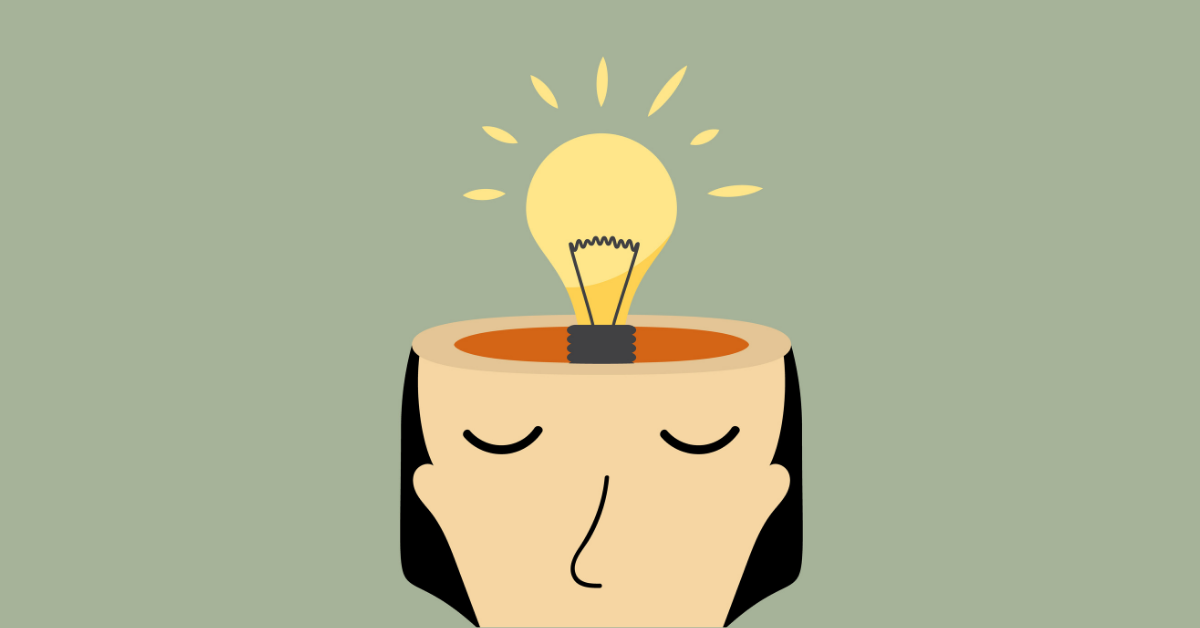Introduction
This is my sixth year in education and over the past several years I have become more interested in education technology and to effectively implement technology into my current curriculum. Before COVID-19, this was next to impossible because technology was not openly embraced at our district. We were not a one-to-one campus and phone use was limited due to low bandwidth. I knew from the very beginning the lack of digital access was going to be a huge concern for my students and put them further behind compared to our wealthier districts nearby. I just did not realize it would take a pandemic for our district to finally confront that digital age gap. Outside of social media or video games, most of my students have admitted to me that their computer usage was quite minimal. For me, I saw this course as an opportunity on how to address the digital divide and how to prepare my students to fully participate in the digital world as active digital citizens.
durable understandings of digital citizenship
This course began with us looking at digital citizenship and its relation to citizenship. Originally, I had stated that there was a difference between the two. My definition of citizenship is the country you are born or naturalized in. As a part of this community, it entails specific legal rights and duties plus special privileges that only citizens of that country or community can take part of. In return, citizens are expected to obey their country’s laws or risk losing these rights and privileges (“Definitions of citizenship,” n.d.). On the other hand, digital citizenship refers specifically to the digital, virtual word (Ribble, 2015). I define digital citizenship as the responsible use of technology while engaging in the digital world. The rules here are far less defined and should be goal of schools to prep students to navigate a borderless world and learn how to work and communicate with people from around the world. However, looking past the definition of digital citizenship, I began to realize the similarities between citizenship and digital citizenship. Like with citizenship, a digital citizen has both rights and responsibilities in relation to their actions online. Both citizenship and digital citizenship focus on empathy, caring, compassion and social responsibility. In short, being a good citizenship, ether online or in person, means behaving in a positive and helpful way online.
Most of us have become very dependent on technology as it plays a significant role in our daily lives. The amount of time children and teenagers are spending on digital is having a significant impact on their learning and wellbeing. I believe the access to technology, or lack thereof, has impacted the personal lives and educational opportunities of my students and myself. In my own classroom, I can see the some of my students face pressure of having to ‘measure up’ in the digital world or others who are obsessed with video games and social media. Not only has there been a decline in literacy in our district, but also in oral language skills, and deeper, meta-cognitive skills. Furthermore, some of my students have been more negatively impacted by the explosion of technology than others. With that said, technology has helped enhanced my teaching and learning activities. Still, many of my students are lacking in basic computer skills and are just passive users of the internet. Some use social media to cyber bully or post immature comments on their profile. There is also the risk of identity theft. Students posting images or personal information could face serious liability (Fani, 2015). It is important as educators that we help our students grasp the benefits and dangers of the digital world and how to use it safely and responsibly.
As digital technology continues to grow and play a larger part of personal lives, so does our digital footprint. While I was familiar with our carbon footprint, this concept was new to me but one of the most eye opening. Our digital footprint or tattoo is the trail that we create when using the Internet (Christensson, 2014). It includes social media, electronic communication, and information submitted to online services. These footprints can be either positive or negative and can shape our online reputation as well as our experiences online. However, some footprints can be intentional, while others are unintentional. For instance, we intentional leave behind digital footprints when we submit something online (Christensson, 2014). Posting on social media or updating an ePortfolio of great examples of this. The more we spend time on websites, like social media, the larger our footprint becomes. Once something is posted online, it has the potential to be accessed and shared among anyone on the internet, even after being deleted. Unintentional digital footprint is a trail that was left back unintentionally (Christensson, 2014). Such as, a website server logging in someone’s IP address after they visited the website, or someone’s search history which is saved by search engines.
While social media can be used for positive attributes, it can also pose some potential dangers. According to a study by Oregon Business Report, 45 % of employers used social media to screen job candidates (Driver, 2020). However, another study showed that 47% of employers would not call a person in for an interview if they could not find them online. And it is not just employers who may be turned off by negative online reputations. College admissions, scholarships, and sport teams also use social media to screen potential candidates (Fani, 2015). For students to cultivate a digital footprint, it is important from them to start off with a positive online reputation. We to remind them, and ourselves, to think before we post. And lastly, students should be encouraged to create an ePortfolio that includes blogs, videos, and pictures. Other good ideas include projects or works for employers to see.
One of the most interesting, and most confusing, concepts from this course was copyright and digital laws (Stims, n.d.). Copyright law gives the creator of these works certain rights (Bailey, 2013). For instance, copyright holders can reproduce their work, distribute copies of it, or publicly display their work (Stims, n.d.). Courts will consider four primary factors in determining whether a particular use qualifies as “fair”, such as plagiarism, copyright infringement, attribution, and transformation. Writing an authorize sequel to book would constitute as copyright infringement.
elements of focus
One of the reasons why I decided to pursue this degree because I believe that technology can be used to improve classroom instruction, such as personalized learning. It is important for my students and myself to have digital access to work and communicate with others. When COVID-19 shut down our schools a year ago, we realized quickly that most of our students did not have access to devices or reliable internet connect. Many of our students simply disappeared. Because of socioeconomic statues of our student population, they did not have digital access to fully participate in the online society. Simply buying a device or paying for internet connection was just not feasible for many of our students. According to a Pew Research Institute study, only 70% of African Americans and 72% of Hispanics own a home computer (Ribble, 2015). In my district, the number was closer to 30%. In fact, I learned that many students relied on the school’s free Wi-Fi to even use their phones. For years, my district ignored and overlooked the digital needs of our students.
Finally, after realizing that if we truly wanted to prepare our students to succeed in a post-COVID-19 world, it was important for all our students to have equitable access (Ribble, 2015). Despite some pushback from teachers, administrators, and even students, technology is here to stay and will continue to play an important part of our everyday lives. There is a growing digital divide, and I am worried that my students will not be fully ready to participate in the digital world.
how you will grow as an educational leader
Coming into the course, I was unsure of what to expect. My knowledge of what digital citizenship was minimal and I was not sure how it would benefit my professional career. However, over the course of the past four weeks, I learned about the importance of digital citizenship and how it can help me grow as an educational leader. As an educational leader, I know that it is crucial that help students achieve and understand digital literacy, as well as cyberbullying prevention, online safety, digital responsibility, and digital health and wellness.
Innovative technology is being introduced every day and online communication is becoming an increasingly common and important way to make and maintain connections. Technology use and understanding how to use it will continue to be major means of achievement for students. As cyberbullying continues to be a concern in education, I understand I need to model to students how to interact respectfully online to prevent it. As an educational leader, I want to include curricula that is designed to educate students about digital laws, inappropriate online behavior, as well as raise awareness students’ health. This class exceed my expectations and I feel like this course will help me on my journey as I transition from a classroom teaching to education technology specialists.
References
Brink, C. (2015, January 9). 7 ways to clean up your digital footprint this spring. Family Online Safety Institute. https://www.fosi.org/good-digital-parenting/7-ways-clean-digital-footprint-spring
Christensson, P. (2014, May 26). Digital footprint definition. https://techterms.com
Definitions of citizenship (n.d.). Wayne State University. http://www.clas.wayne.edu/Citizenship/Definition-of-Citizenship
Driver, S. (2020, March 23). Keep it clean. Social media screenings gain in popularity. Business News Daily. https://www.businessnewsdaily.com/2377-social-media-hiring.html
Fani, Anthony. (2015, July 29). Harmful digital footprint impacts that parents should know about. Family Online Safety Institute. https://www.fosi.org/good-digital-parenting/harmful-digital-footprint-impacts-teens
Johnson, S. (2009, July 9). Digital footprints – your new first impression. [Video]. YouTube. http://www.youtube.com/watch?v=eZjmrJvL_eg
Ribble, M. (2015). Digital citizenship in schools: Nine elements all students should know. (3rd ed.). Eugene, OR: International Society for Technology.
Hinduja, S. & Patchin, J.W. (2015). Developing a positive school climate: Top ten tips to prevent bullying and cyberbullying. Cyberbullying Research Center. Hinduja_Patchin_School-Climate-Top-Ten-Tips-To-Prevent-Cyberbullying.pdf
Lewinsky, M. (2012, March 20). The price of shame [Video]. TED Conferences. https://www.ted.com/talks/monica_lewinsky_the_price_of_shame?language=en
share this:




Be the first to reply